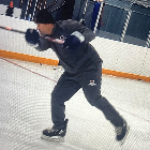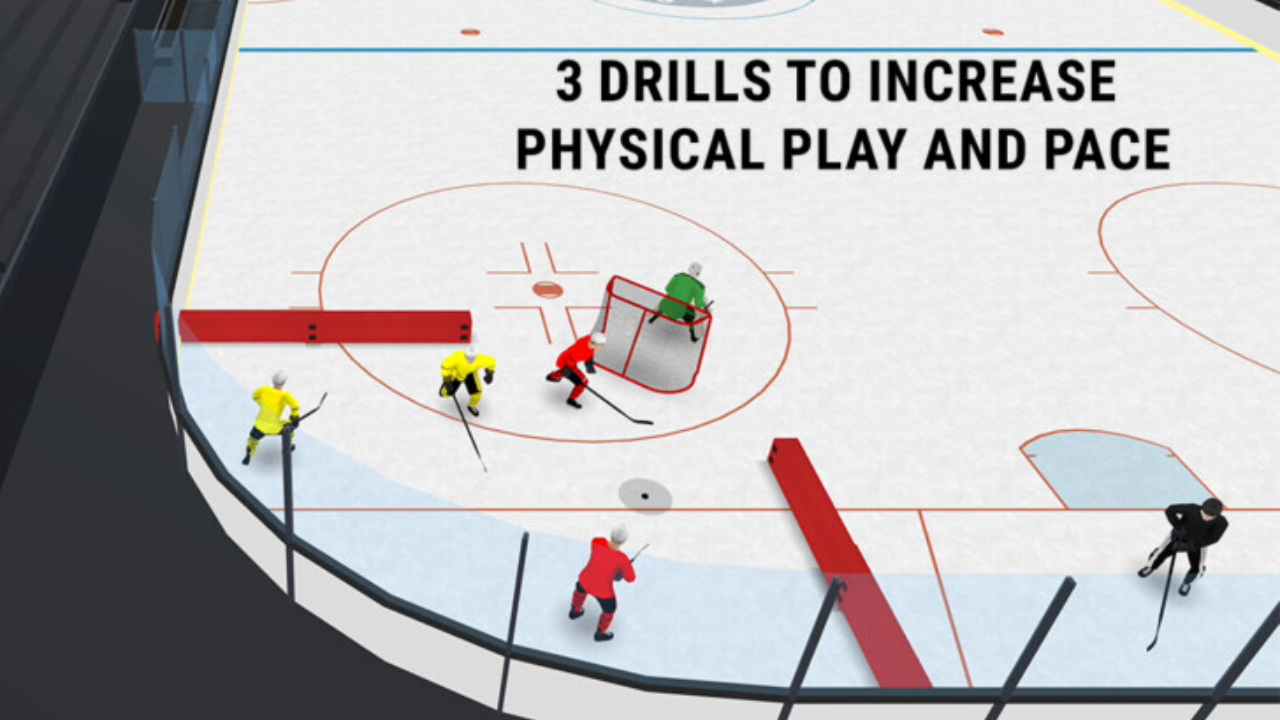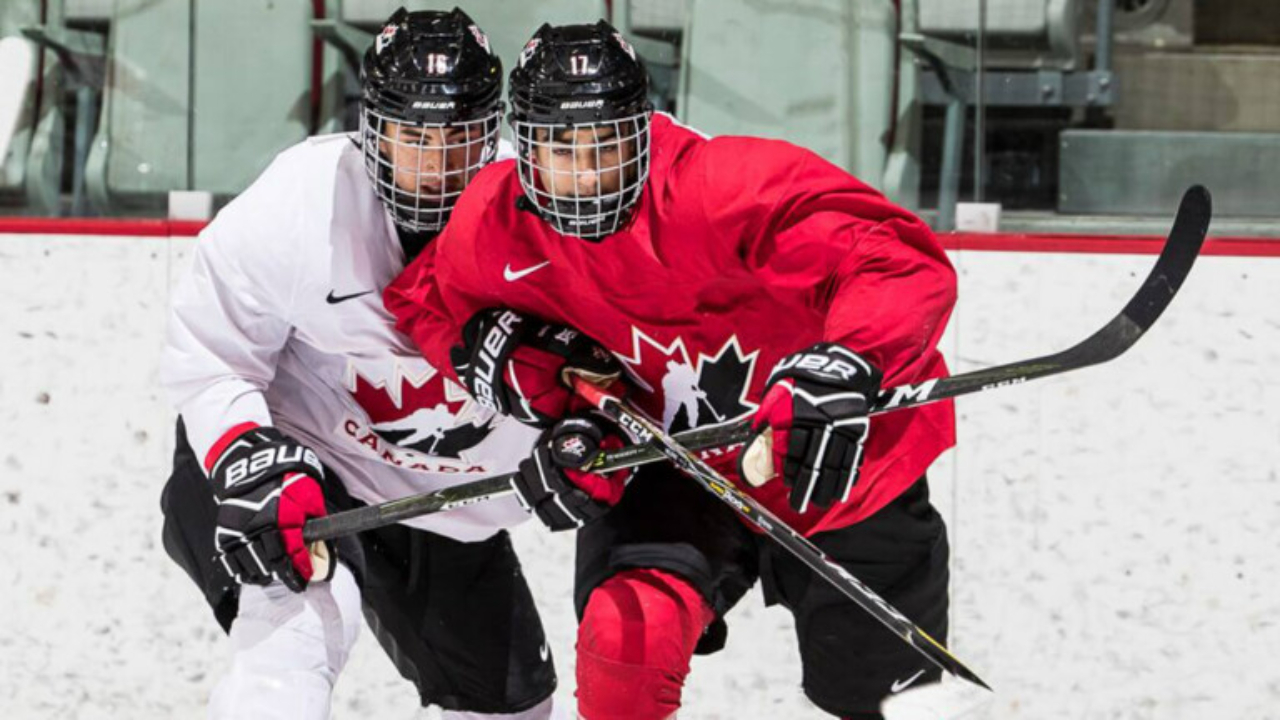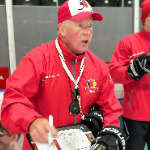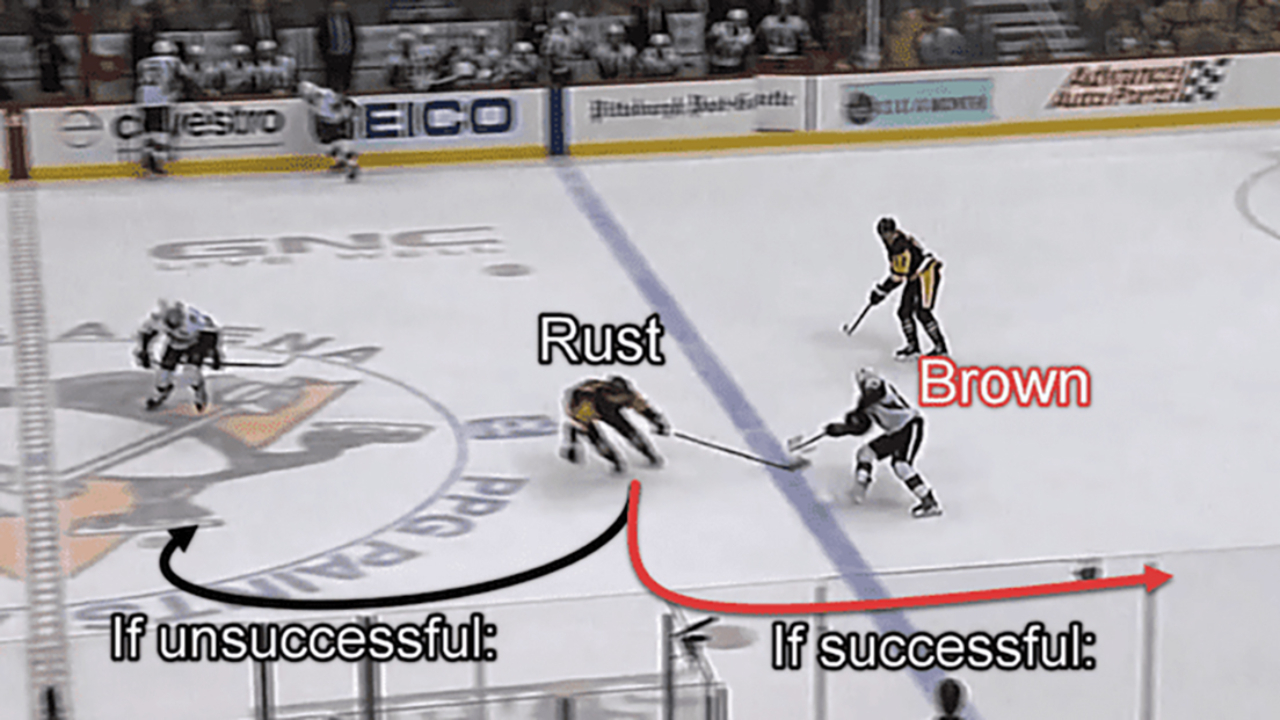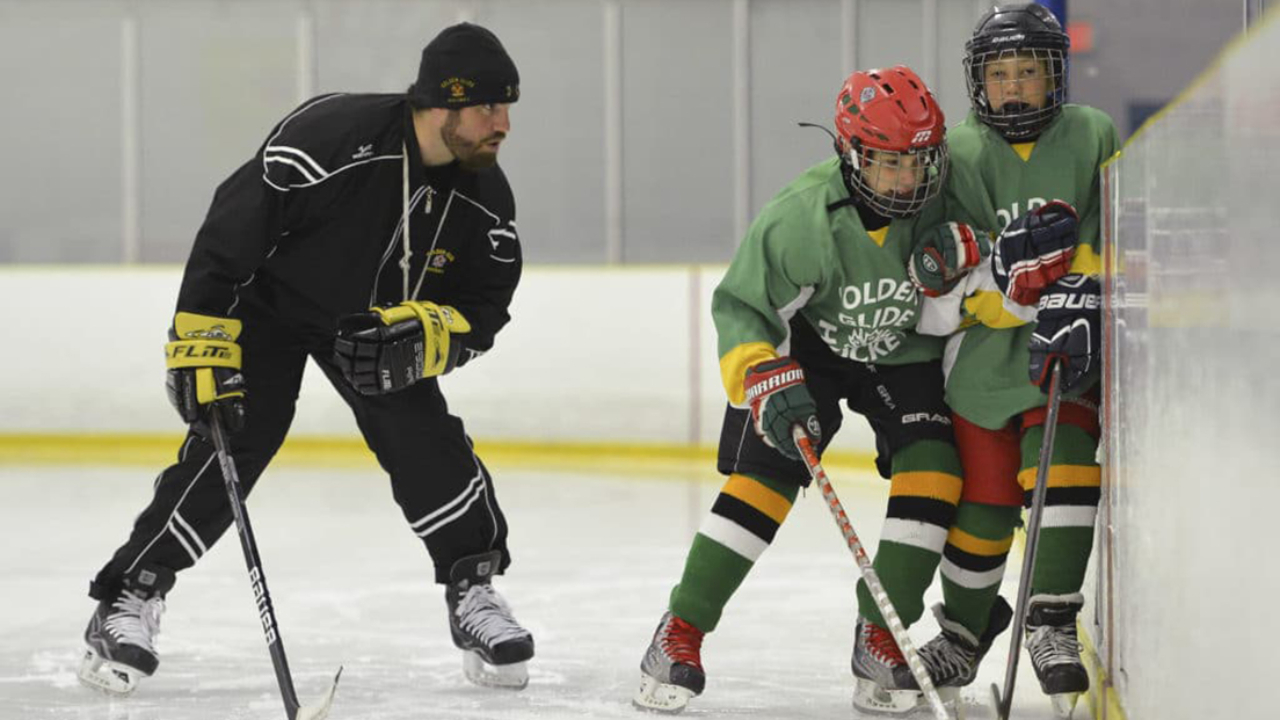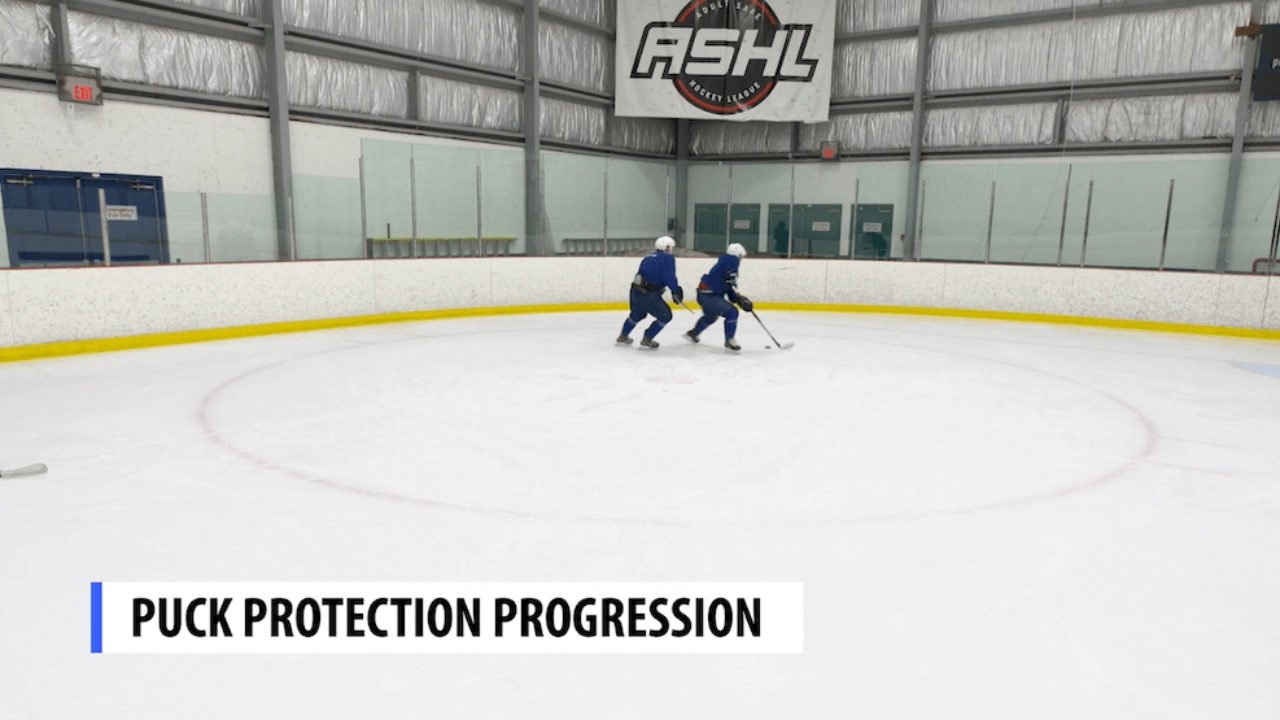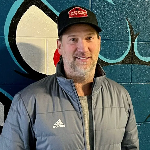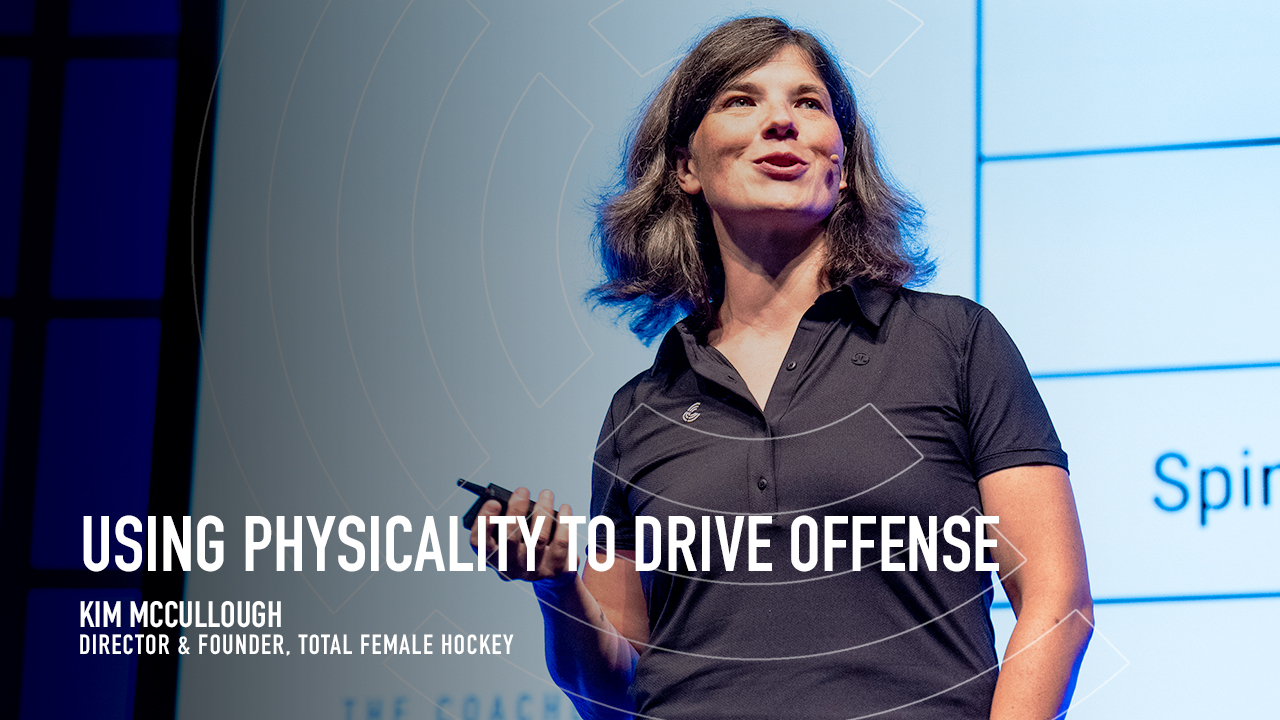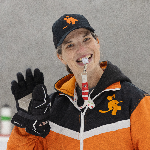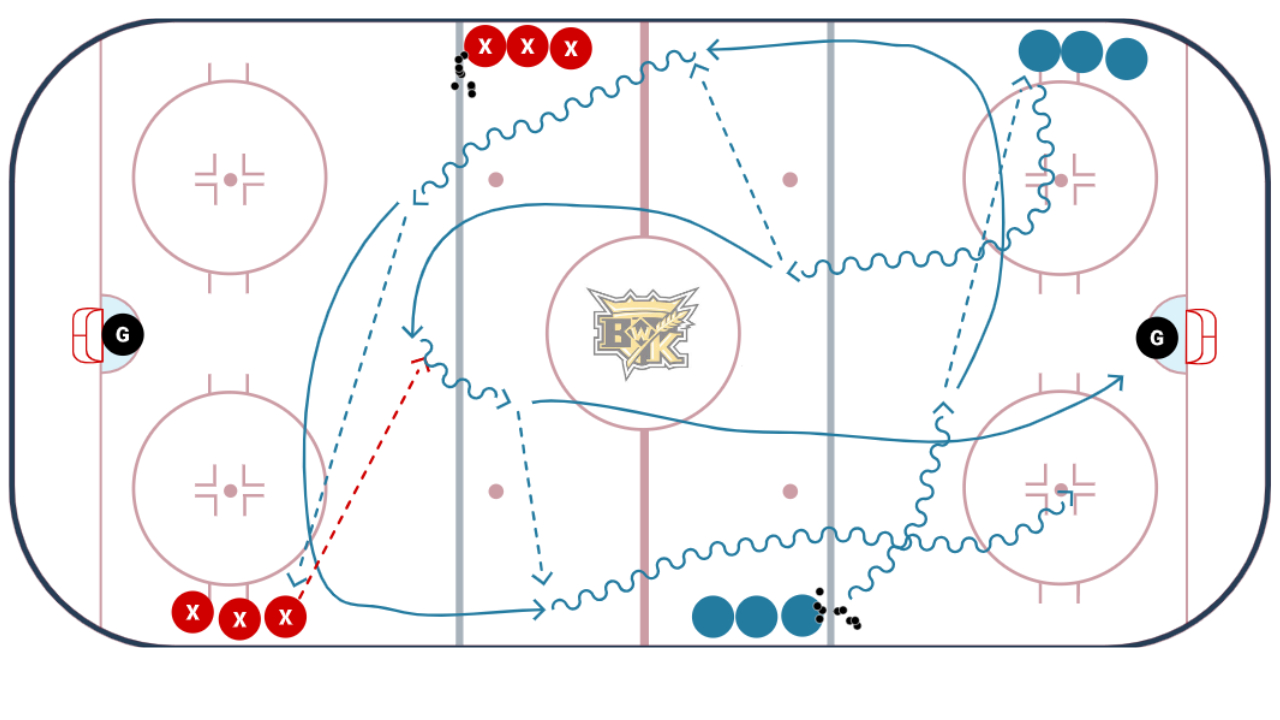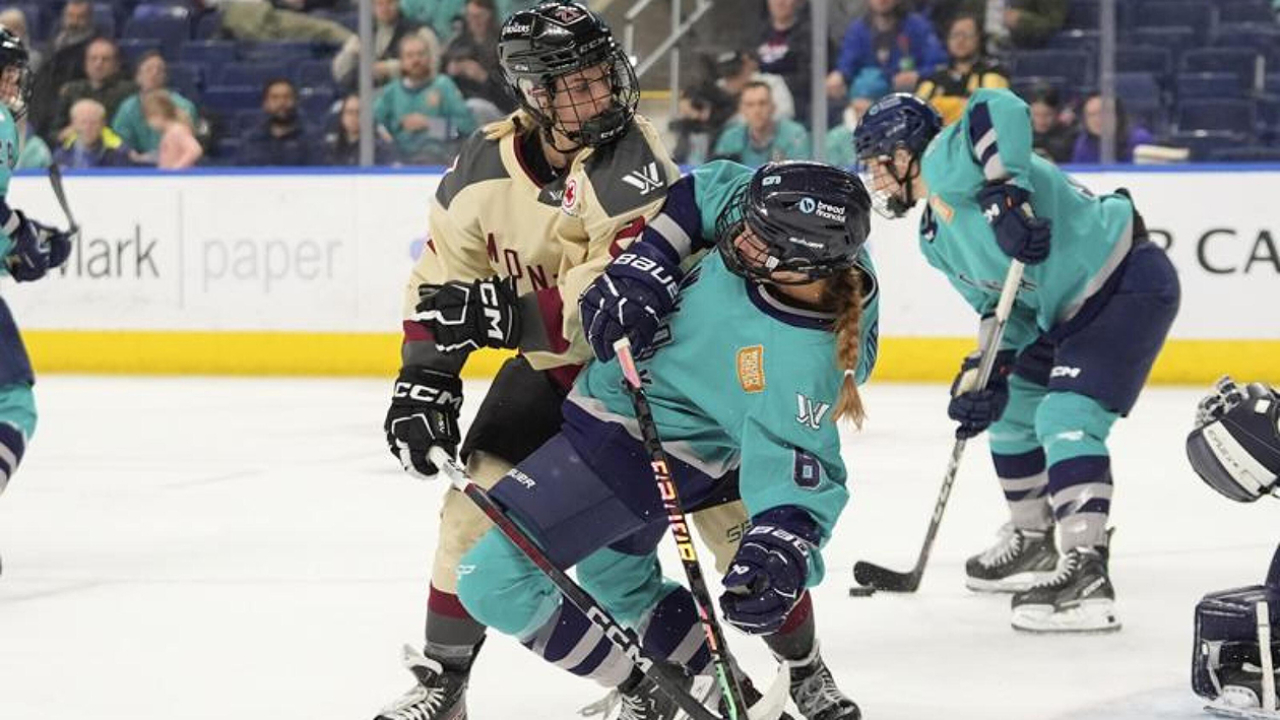
Being around the rink as much as I am, I hear a lot of opinions. One of my favourites however is hearing parents complain that their is no body checking in U10, "hockey is a contact sport it should be allowed in all ages". Well to a degree they are right, and it is. The key is body contact is legal at all ages, whereas body checking is not. So lets draw a line in the sand and get down to the mechanics, fundamentals and facts surrounding body checking and body contact.
The Difference
A bodycheck by definition is "a defensive move where a player uses their body in an intentional manner to separate an opponent from the puck" while body contact can be defined by "physical contact between skaters that occurs while playing the puck, also known as 'competitive contact'".
When we assess the defintions the clear difference is the intention of the attacking player: a body check the intention is the physical contact to separate the puck while a body contact play, the attacking player is trying to gain possession of the puck. To put this into NHL terms; one is Niklas Kronwall and one is Sidney Crosby. Kronwall was notorious for menacing hits separating players from the puck (and often their consciousness) while Crosby has always been known to be strong on the walls and protecting the puck.
Body Contact
I am a huge advocate for teaching body contact as a part of the core skills a player learns. Much like skating, passing, stickhandling, shooting etc. a player needs to (in my opinion) understand that contact is going to happen and, if done correctly, can make a huge impact in a game. By encouraging body contact at the younger ages we can ensure a safe enviornment through instruction, course correct any defects we may see but we can also build a players confidence with contact over a span of years rather than a body checking clinic the week before their U14 season.
One of the best ways I have found that I can accomplish the above is through small area games where players simply don't have time or space and running into each other is inevitable. Also, with the limited space, puck touches are much higher meaning we have more opportunity for each player to experience the contact and for us as coaches to coach them through it.
Here is a fun small area game that is great for all ages. It is a simple concept but it puts players in a lot of high pressure, high contact situations in a very short period of time.
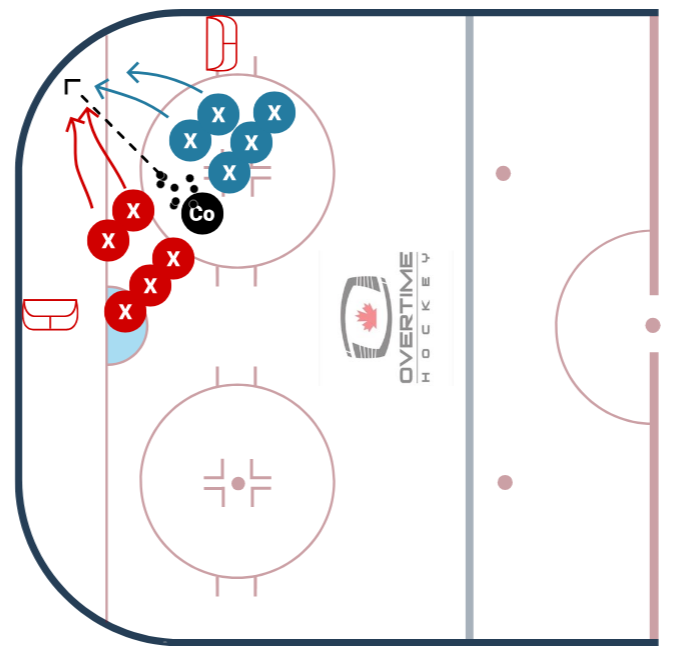
Set up the nets (one below the crease, one at the outside hash) two teams play 2v2 in that tight space, if a puck comes out, coach dumps another puck. Players must pass to their teammate and their line once before they can shoot. I add this in because it teaches them to scan the ice while subconciously knowing contact is all around them. Teach players to protect the puck with their bodies, teach them how to properly & safely pinch an opponent against the boards, how to use body position to win ice by engaging in competitive contact.
Bodychecking
As a sport I think this is where the most damage is done in terms of failing to develop. It blows my mind every year when I get hired to teach bodychecking for teams and when I ask if they have ever been taught bodychecking before the answer is almost certainly, "no". Keep in mind that usually my services are required a few weeks from the start of the season so there is no possible way for us to work through progressions of safe checking and get the skills game ready in time.
So what happens? The first 90 days of the U14 hockey season fill up gamesheets with Checks From Behind, Boarding, Head Contact & Charging. There ends up being this huge divide between kids that get over excited about the checking and kids who really want no part of it. Truth is, both of them were failed. It is human nature to get excited about or be fearful of something new, which is why it is important to introduce checking in controlled scenarios over a period of time.
People think I am crazy when I tell them I start teaching checking skills in U12 when in reality there is not a body being checked- rather we teach the proper angling to get in a position to make a good body check, we teach players awareness and scenarios where checks are likely to happen and then we progress them to body contact situations as mentioned above. This brings us U13 where we begin teaching some off-ice fundamentals of checking.
Here is what a sample off-ice instruction looks like:
1) Individual Stationary Weight Shifts- Good hockey position and work on transferring weight from leg to leg while keeping shoulders at the same level (not raising shoulder into hit)
2) Padded Individual Stationary Weight Shifts- Have players put on their shoulder pads and have a coach hold a martial art pad (or have players line up along a wall). Players go through the same motion as above. keeping shoulders down and head up transferring weight from leg away from the wall into the wall.
Important Coaching Point: Instruct the players to make contact with the wall with their hips, arms and shoulders while tilting their head away from the wall. This teachings multiple points of contact through the check and protects their shoulders from taking all of the force.
3) Player to Player Weight Shift- Pair up players and have them stand side by side- have them transfer weight from outside leg into each other, staying low and keeping good form.
4) Walking Shuttle- Have the team line up with space between the line and a wall. A player walks up the wall absorbing checks from each player in line, reseting and then moving on to the next. This is where coaching will be important as there tends to be a lot of excitement around this drill, which is fine, but make sure they are getting the reps and instruction they need.
We will usually do this 5 or 6 times (about 2-3 months) before we start adding it to our on-ice skill development. We go through these same progressions on ice for a month or so and then we begin to introduce drills to teach bodychecking in game situations.
Here are some of those drills:
 A very simple drill that builds off of the angling technique from the body contact curriculum. Now the attacker makes a bodycheck to separate the puck carrier from the puck instead of cutting hands. Try to have the players time this so the contact happens before the blueline- by giving a deadline it ensures they are using good angles to take away the space.
A very simple drill that builds off of the angling technique from the body contact curriculum. Now the attacker makes a bodycheck to separate the puck carrier from the puck instead of cutting hands. Try to have the players time this so the contact happens before the blueline- by giving a deadline it ensures they are using good angles to take away the space.

This is a small area drill that can be run out of all 4 corners or two corners and maximize reps. In this drill, coach dumps a puck and the attacker (x) races for the puck and uses a check to separate the player from the puck (just like an F1 would do on a forecheck). The puck carrier aims to get the puck up the boards and get tight to the boards to accept the hit. I like to run through this at 25%, 50% and 90% speed intervals to ensure the players keep their form throughout the progressions.
 Here we add a bit of a challenge where the attacker is going to have to cover ice to make a clean check. Carrier stays tight to the boards and dumps the puck as they take contact (simulates a D&C Zone Entry). The attacker closes the gap, makes the hit and gets to open ice, carrier fights through check and enters the zone (this teaches the players to finish the play through contact) once these happen coach blows a whistle and play is dead. Again, with this being a small area drill, it can be done all over the ice at the same time to maximize reps.
Here we add a bit of a challenge where the attacker is going to have to cover ice to make a clean check. Carrier stays tight to the boards and dumps the puck as they take contact (simulates a D&C Zone Entry). The attacker closes the gap, makes the hit and gets to open ice, carrier fights through check and enters the zone (this teaches the players to finish the play through contact) once these happen coach blows a whistle and play is dead. Again, with this being a small area drill, it can be done all over the ice at the same time to maximize reps.
Summary
We (especially in North America) need to prioritize the skills of bodychecking & body contact in order to really do our players justice. By introducing the contact at a younger age within controlled scenarios, we can "numb" the excitement and nervousness through prolonged exposure and development. The more development the players do, the more confident they become which in turn makes the game safer.
A word of caution- this is a skill that requires correct instruction, I strongly suggest coaches with no experience teaching contact or checking have certified instructors come out and teach. Or from an association point of view, I recommend a board member be in charge of "Contact Development" or whatever you choose to call it. This board member can work with a third party skill development company to build a skill development plan for all coaches to work off of. This way, on an association level, there is a strong, written commitment to the development of the skills.
